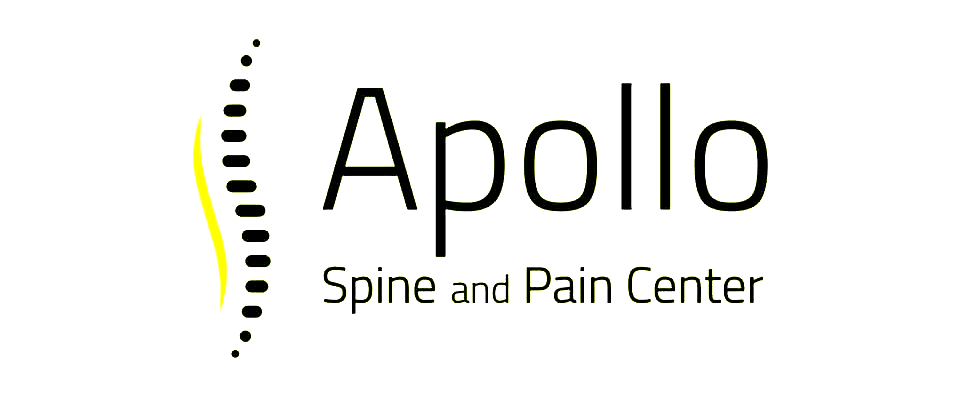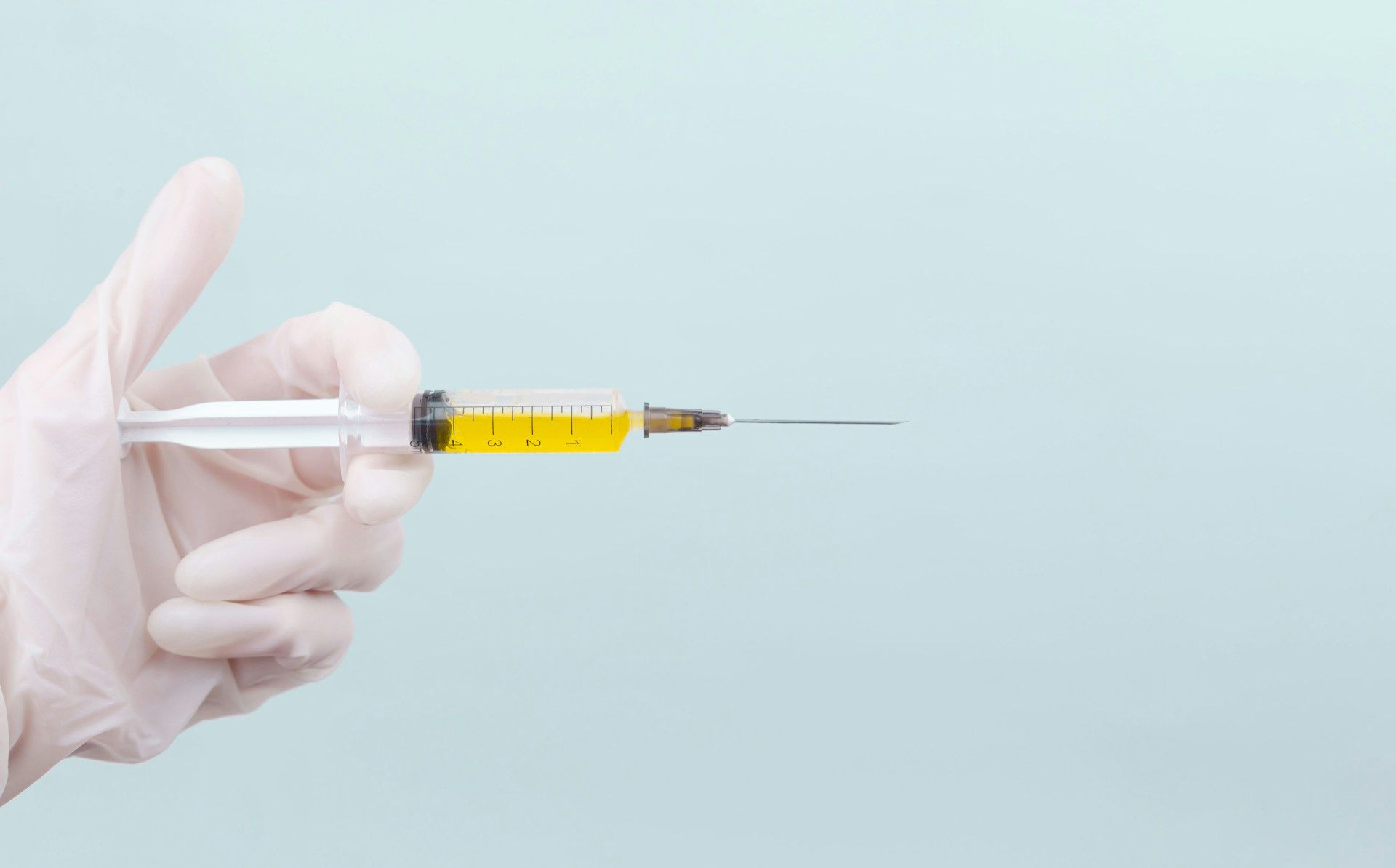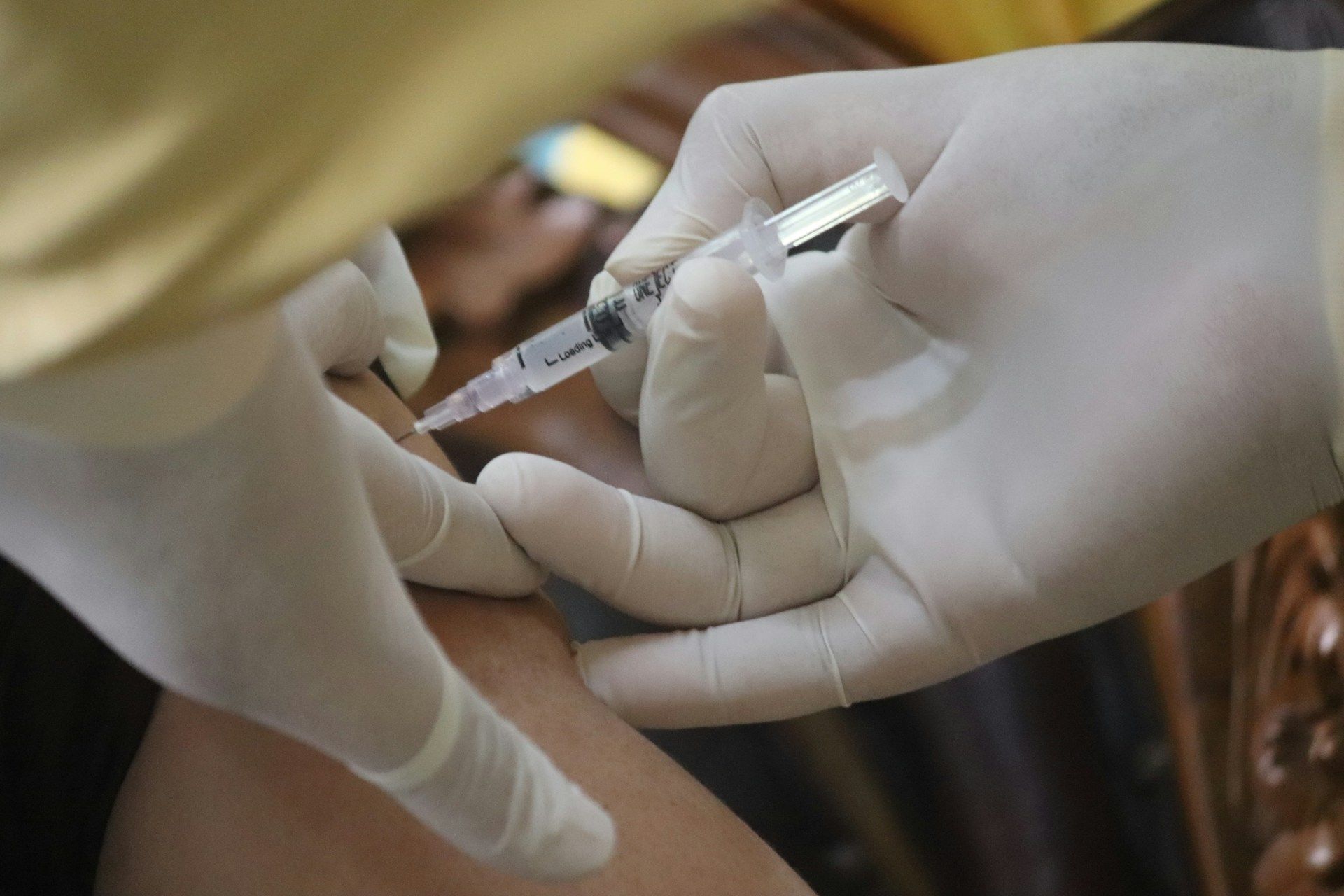Understanding Degenerative Disc Disease: What You Should Know
Degenerative Disc Disease (DDD) is a common condition affecting the spine, often experienced as aging progresses. It occurs when the discs in your spine wear down, causing pain, stiffness, and reduced movement. These discs act as shock absorbers, cushioning the vertebrae and allowing for flexibility. When they degenerate, they can no longer perform their function effectively, leading to discomfort.
Several factors contribute to disc degeneration. Genetics, previous injuries, smoking, and obesity can speed up the aging process of the discs. Understanding the causes can help in managing the condition and slowing its progression. Recognizing the signs and symptoms, such as persistent back pain, tingling in the extremities, or increased discomfort when sitting, is crucial for timely intervention.
Being aware of DDD and its implications enables individuals to seek early diagnosis and appropriate treatment. Whether through lifestyle changes, physical therapy, or more advanced interventions, there are many strategies to manage symptoms and improve quality of life. Exploring these options can help maintain a healthy, active lifestyle even when faced with degenerative disc disease.
What Is Degenerative Disc Disease?
Degenerative Disc Disease (DDD) is a condition affecting the spine where the discs between the vertebrae break down over time. These discs act like cushions or shock absorbers, allowing flexibility and movement in the spine. As they wear out, they can cause significant pain and reduce mobility. This wear and tear can happen faster due to factors like aging, previous injuries, or lifestyle choices, leading to serious discomfort.
Several factors contribute to the development of DDD:
1. Aging:
As people get older, spinal discs naturally lose water and flexibility, leading to wear.
2. Genetics: Some individuals are genetically predisposed to disk degeneration.
3. Injuries: Trauma to the spine can start a process of degeneration.
4. Lifestyle Choices: Smoking and obesity can speed up disc deterioration.
Recognizing symptoms early helps manage the condition effectively. Common signs include:
- Persistent back or neck pain, especially in movements such as bending or twisting.
- Numbness or tingling in arms or legs.
- Weakness in the muscles of the arms or legs.
- Increased pain when sitting, standing, or lifting.
Identifying these symptoms allows for early intervention, which can help manage pain and prevent further damage to the spine.
Diagnosing Degenerative Disc Disease
Diagnosing degenerative disc disease involves several steps to determine the extent of disc damage. A thorough physical examination is the first step, where doctors assess the patient's symptoms, tests range of motion, and checks for any areas of tenderness. Understanding the patient's history, including past injuries and lifestyle, further aids in diagnosis.
Imaging tests, such as X-rays or MRIs, play a crucial role. These tools visualize the spine, revealing disc degeneration and other relevant issues. X-rays can show changes in the spine's structure, while MRIs provide detailed images of the discs and surrounding soft tissues, helping to pinpoint the cause of the pain.
Differential diagnosis is vital in distinguishing DDD from other conditions that may cause similar symptoms, such as arthritis or herniated discs. Ruling out other potential conditions ensures an accurate diagnosis, which is essential for effective treatment. This comprehensive approach helps create a targeted treatment plan, providing patients with the best chance of managing their symptoms.
Non-Surgical Treatments for Symptom Relief
Managing symptoms of degenerative disc disease can often be achieved through non-surgical treatments. Pain management strategies are crucial and may include medication like anti-inflammatory drugs or pain relievers to help reduce discomfort. Physical therapy is also highly beneficial, aiming to strengthen the muscles around the spine, improve flexibility, and enhance overall mobility. Therapists design specific exercises to address individual needs, making daily activities easier and less painful.
Lifestyle changes play a significant role in symptom relief. Incorporating regular low-impact exercises, such as swimming or walking, can promote spinal health and reduce stress on the discs. Maintaining a healthy weight through diet also helps lessen the strain on the spine. Simple changes in posture and ergonomics during activities can prevent further damage and alleviate pain.
Regenerative medicine, including Platelet-Rich Plasma (PRP) therapy, offers promising results for disc repair. PRP therapy involves injecting components from your own blood into the affected area, stimulating tissue healing and repair. This innovative approach can alleviate pain and improve disc function, offering a non-invasive option to traditional pain management methods.
Advanced Treatment Options for Chronic Cases
When non-surgical treatments do not provide sufficient relief, advanced treatment options may be necessary. Minimally invasive procedures, such as epidural steroid injections, can be considered for severe cases. These procedures reduce inflammation and relieve pain, allowing patients to engage more effectively in rehabilitation programs.
Surgical options exist for chronic and disabling cases. Spinal fusion is one of the primary surgical methods used to address DDD. This procedure involves fusing two or more vertebrae to provide stability to the spine, reducing pain caused by movement at a degenerated disc space. Alternatively, disc replacement surgery involves replacing the damaged disc with an artificial one, maintaining more natural motion compared to fusion.
A personalized treatment plan is essential for long-term management. Each plan should consider the individual's unique circumstances, including the severity of the condition, physical health, and lifestyle. Personalization ensures the most effective treatment strategy, helping patients regain normal function and improve their quality of life.
Conclusion
Degenerative Disc Disease is a common condition that can significantly impact daily life. Understanding its symptoms and promptly seeking a diagnosis are the first steps toward effective management. With a variety of non-surgical treatments available, many individuals can find relief from symptoms through physical therapy, lifestyle changes, and innovative regenerative medicine approaches like PRP therapy. These methods provide a solid foundation for managing pain and improving spine health without the need for surgery.
For those with more severe or chronic cases, advanced treatment options, including minimally invasive procedures and surgery, might be necessary. These interventions, combined with a personalized treatment plan, are crucial for managing long-term pain and restoring function. Collaborating with healthcare professionals allows the creation of an individualized strategy that suits each person's needs.
If you're struggling with degenerative disc disease, Apollo Spine and Pain Center can help. Our team provides comprehensive
pain management intervention tailored to each patient, utilizing both traditional and cutting-edge techniques. Take the first step toward a pain-free life by contacting Apollo Spine and Pain Center today to explore your options and regain your quality of life.












